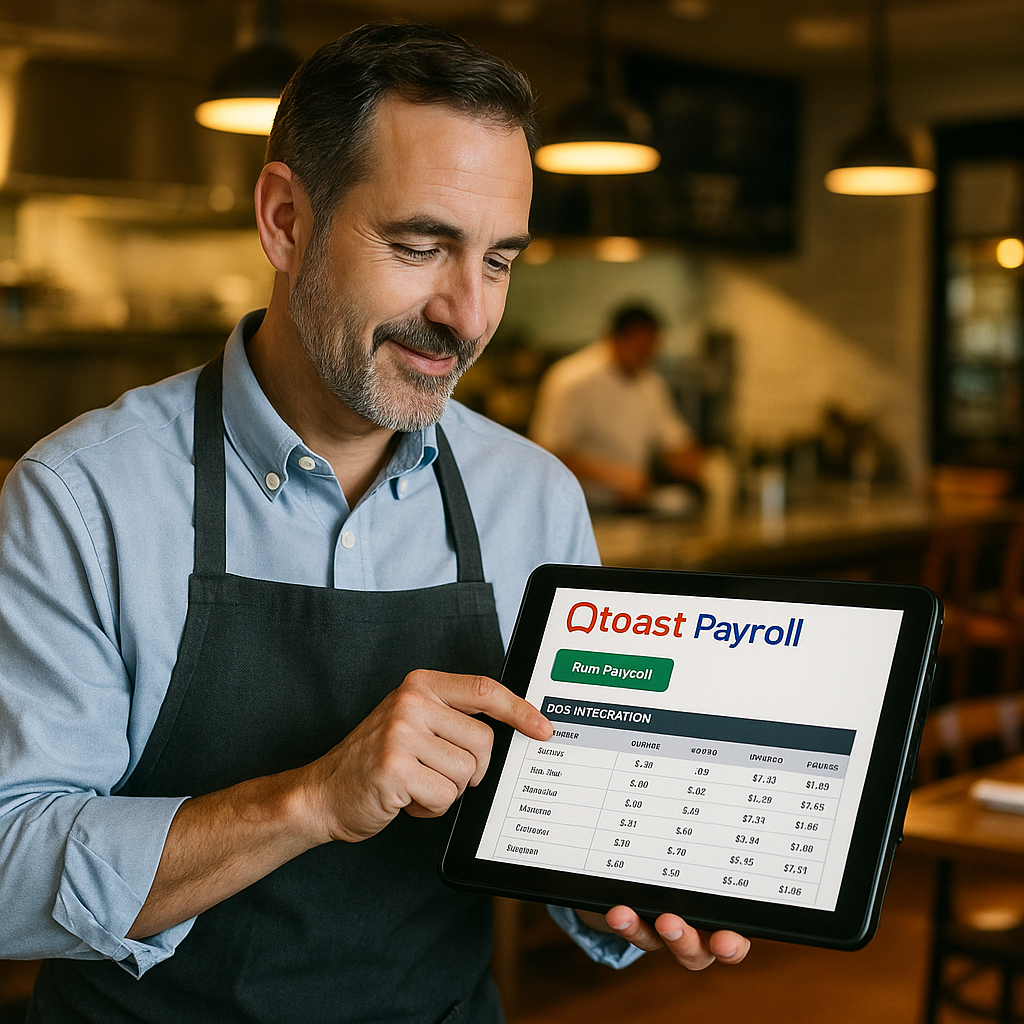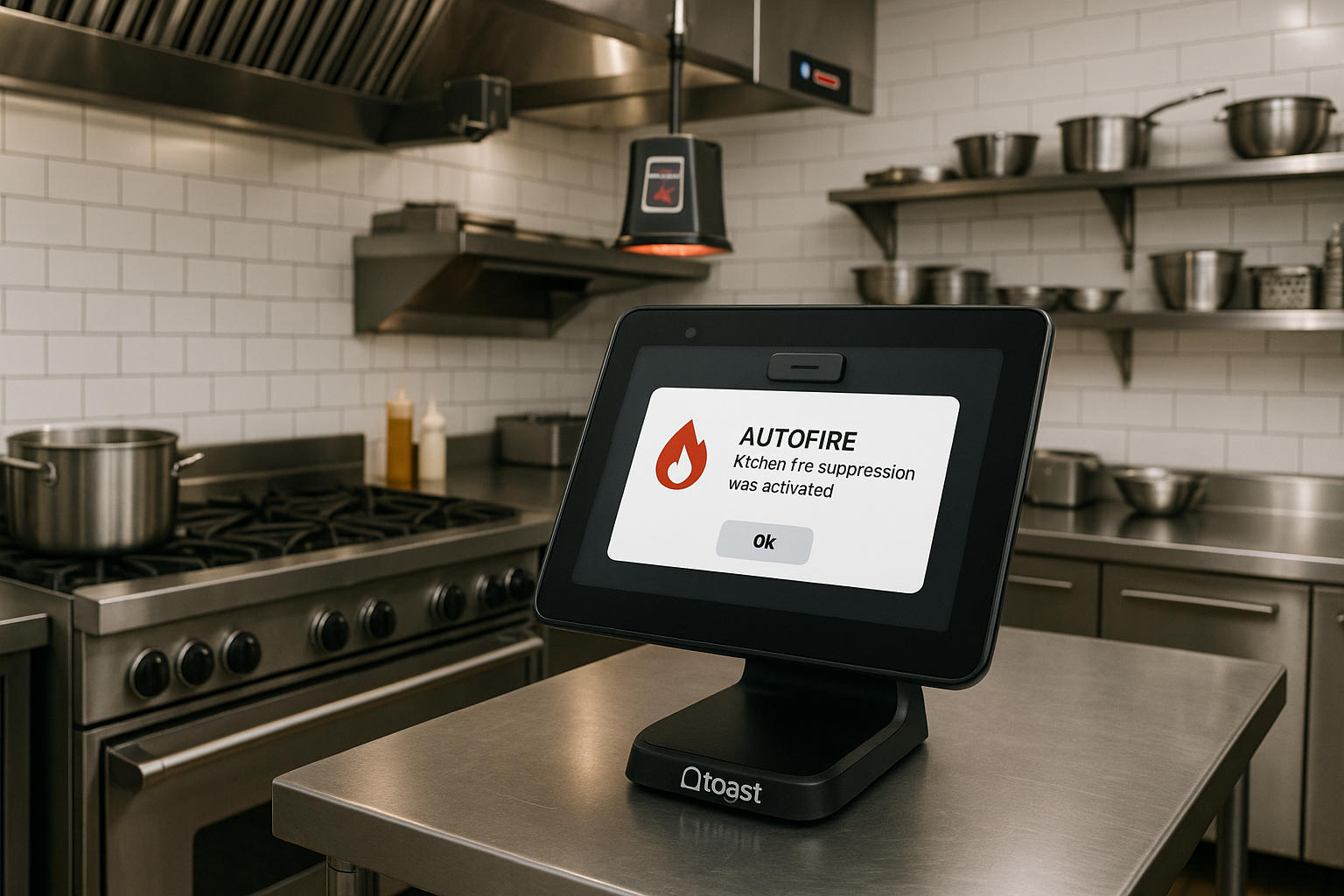Understanding Clover’s Cost Management Feature
Introduction
Clover’s cost management feature is a game-changer for restaurant owners seeking to enhance their profitability. This innovative tool allows users to analyze the cost of goods sold (COGS) for each menu item, providing valuable insights into the financial performance of their offerings. By integrating this feature into daily operations, restaurant managers can make informed decisions that impact their bottom line.
The cost management tool employs a user-friendly interface that simplifies the process of inputting ingredient costs, portion sizes, and selling prices. This means that even those who may not be financially savvy can navigate the system with ease. By regularly updating these values, restaurant owners can stay on top of fluctuations in food costs and adjust their pricing strategies accordingly.
Moreover, Clover’s feature does more than just calculate profits; it helps identify high-cost items that may need re-evaluation. With detailed reports and analytics, restaurants can pinpoint which dishes are underperforming and make necessary adjustments, whether it’s changing suppliers or adjusting portion sizes.
How to Calculate Product Profitability
To effectively utilize Clover’s cost management feature, understanding how to calculate product profitability is essential. The process begins by inputting the total cost of each ingredient used in a dish. This includes everything from main ingredients to garnishes, which may often be overlooked but can significantly impact overall cost.
Next, users can enter the selling price of the dish. Clover automatically calculates the profit margin by subtracting the total cost from the selling price. This feature not only provides immediate profit figures but also allows restaurant managers to see the percentage of profit for each item, offering a clearer picture of where they stand financially.
Clover also enables users to create break-even analysis reports. By understanding how many units of a particular item need to be sold to cover its costs, restaurants can set sales targets and adjust their marketing strategies to promote dishes that provide the best return on investment.
Benefits of Using Clover in Your Restaurant
Implementing Clover’s cost management feature comes with a myriad of benefits that extend far beyond simple profit calculations. One of the most significant advantages is the ability to maintain accurate pricing strategies. With real-time data at their fingertips, restaurant owners can adjust prices based on ingredient availability and market trends, ensuring they remain competitive while maximizing profits.
Additionally, this feature fosters better inventory management. By understanding the profitability of various menu items, restaurants can make data-driven decisions about what to stock and how to optimize their supply chain. This can lead to reduced waste and increased efficiency in the kitchen.
Furthermore, using Clover allows for more strategic menu planning. As restaurant managers gain insights into customer preferences and profit margins, they can design menus that not only appeal to their clientele but also contribute positively to the overall financial health of their establishment.
Conclusion: Maximizing Profits with Clover
Conclusion
In conclusion, Clover’s cost management feature is an essential tool for restaurant owners looking to maximize profits and streamline operations. By understanding ingredient costs and effectively calculating product profitability, restaurants can make informed decisions that enhance their financial performance. As the industry continues to evolve, leveraging technology like Clover can provide a competitive edge, ensuring that establishments not only survive but thrive in an increasingly challenging market.


